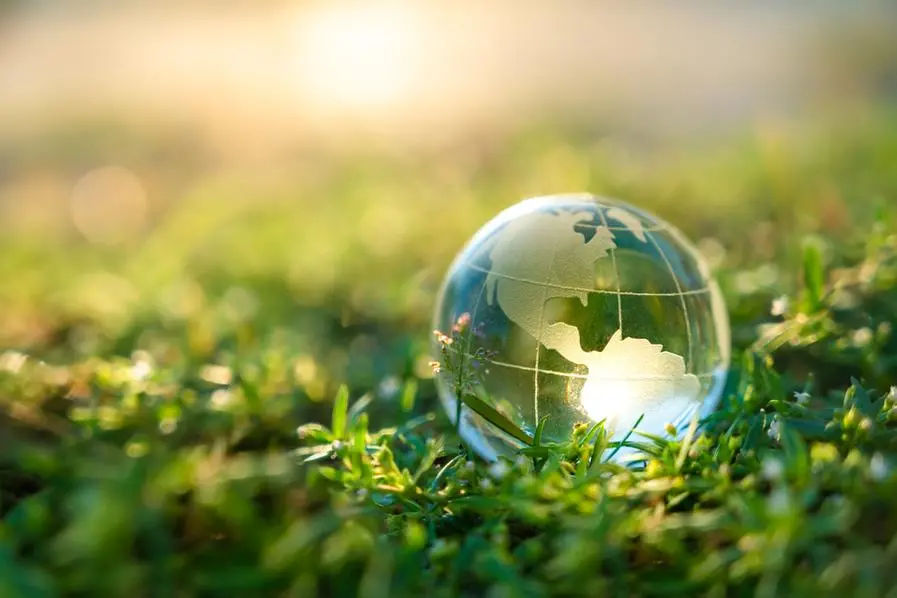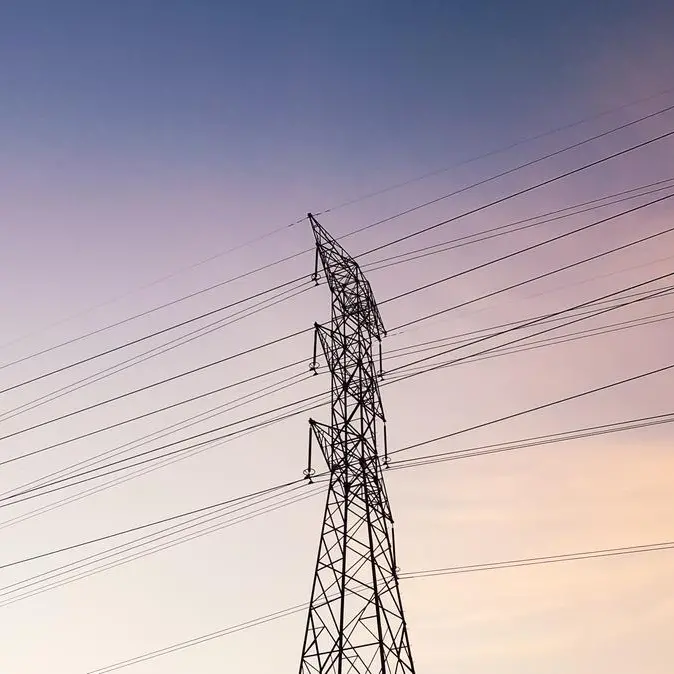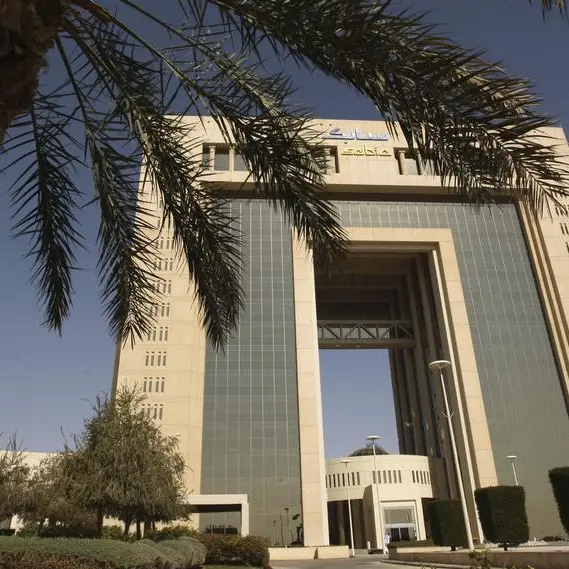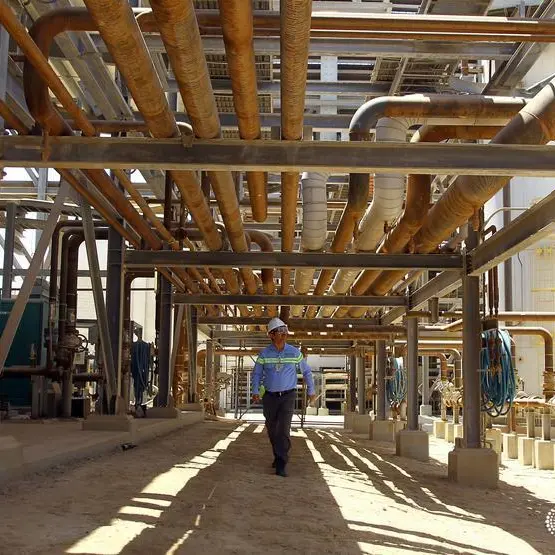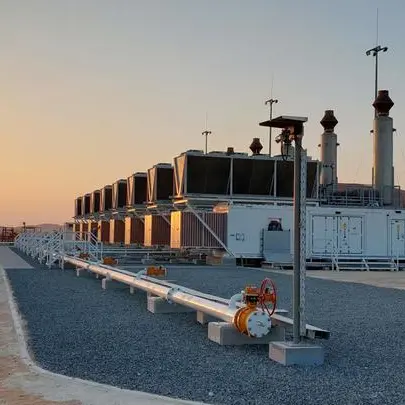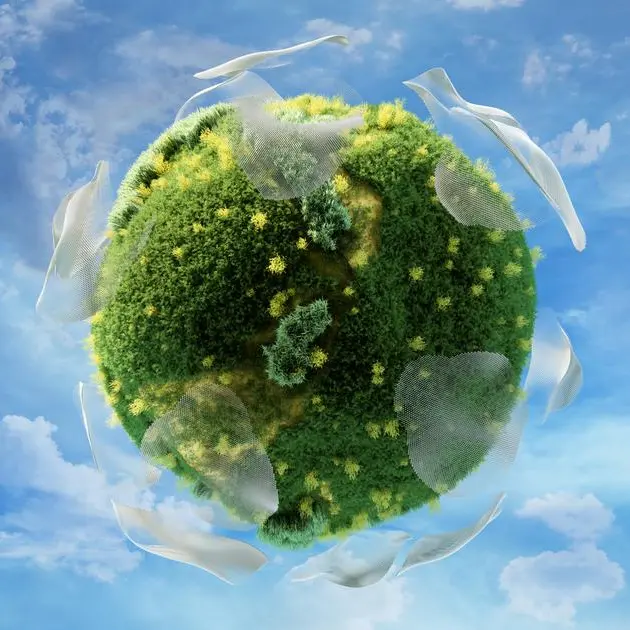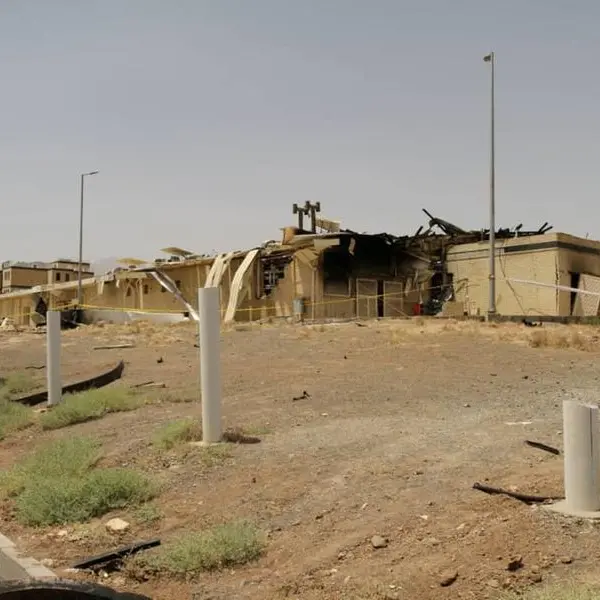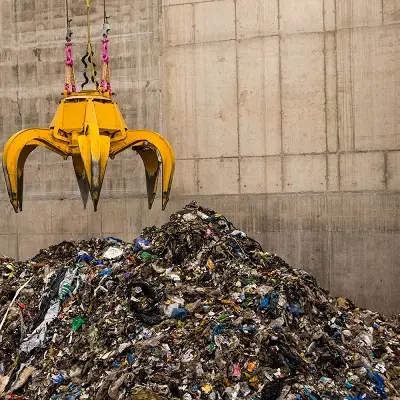PHOTO
RIYADH — Saudi Arabia’s Ministry of Energy is in the process of hiring a think tank to conduct a feasibility study with regard to the establishment of a regional center for carbon dioxide (CO2) capture, utilization, and storage, linking the Gulf Cooperation Council (GCC) states and Iraq, Al-Watan newspaper reported.
Crown Prince and Prime Minister Mohammed bin Salman announced in October 2021 that the Kingdom aims to reach zero neutrality in 2060 through the circular economy approach to carbon, a historic step that will contribute to reducing nearly 278 million tons of emissions annually by 2030, which is equivalent to twice the announced targets.
Carbon capture, utilization, and storage (CCUS) technologies rely on extracting carbon dioxide directly from the source or from the air, and then these emissions are transferred and stored underground or converted into useful products.
CCUS refers to a suite of technologies that can play a diverse role in meeting global energy and climate goals. It involves the capture of carbon from large point sources such as power generation or industrial facilities that use either fossil fuels or biomass as fuel. CO2 can also be captured directly from the atmosphere.
Carbon capture technology has been used for decades as a way to contribute to improving the quality of natural gas, but with the development of new and ground-breaking technologies, it is possible to remove and separate carbon dioxide indefinitely. In addition, efforts are underway to discover new ways to add value to carbon dioxide waste by converting this gas into industrial and commercial products that can be put on the market.
Carbon extraction techniques sequester carbon dioxide from exhaust gases or gases resulting from refinery work or from stationary sources, using pre-combustion, post-combustion, or oxy-combustion methods. Capture techniques are techniques that inject extracted carbon dioxide into geological formations. Enhanced oil recovery involves extracting oil from fields by altering the original properties of oil such as chemical immersion, carbon dioxide injection, or thermal recovery.
Carbon utilization means the direct use of captured CO2 - for example in the manufacture of cement - or the conversion of the captured carbon dioxide and other gases into useful industrial products, such as chemicals or fuels. Techniques for extracting carbon from mobile sources that extract and store carbon dioxide from mobile sources, so that it is ready to be held or used. Direct air extraction is the process of extracting carbon dioxide directly from the atmosphere for the purpose of capturing or using it.
Techniques for extracting carbon from bioenergy and storing it, depend on extracting and storing carbon dioxide from biomass, which is itself a source of renewable energy. Nature can act as a natural carbon sink. For example, mangroves can sequester carbon much more effectively and sustainably than wild forests. Alternatively, carbon dioxide can be captured by growing algae, which can be harvested and processed to produce useful products such as biofuels and protein-rich animal feed.
© Copyright 2022 The Saudi Gazette. All Rights Reserved. Provided by SyndiGate Media Inc. (Syndigate.info).
